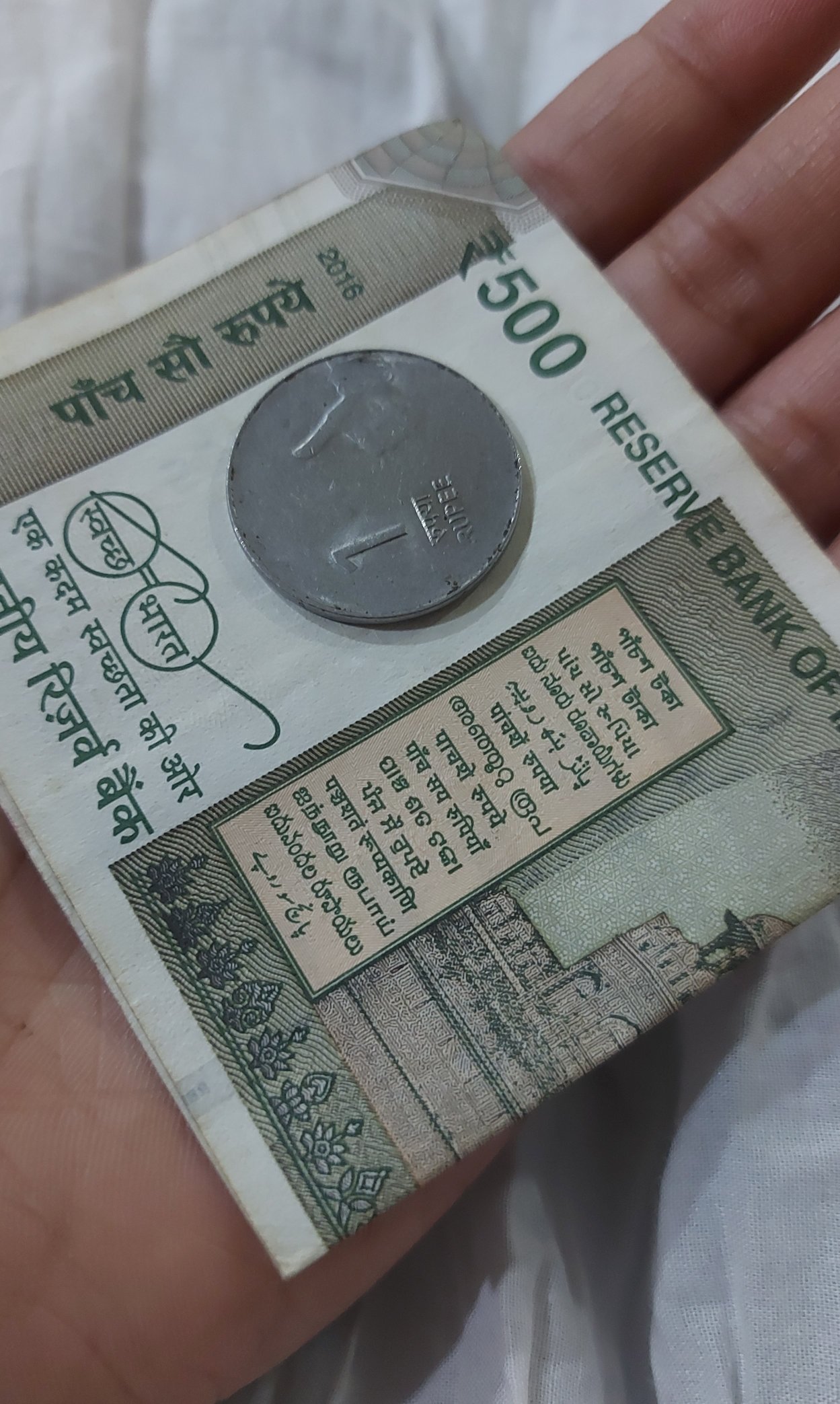The Significance of Adding ₹1 as Dakshina: Why We Give ₹101, ₹501, and more.

Need Guidance On Your Problems?
Consult With The Best Online Astrologers
In Indian culture, the act of giving Dakshina—a token of gratitude or offering—is deeply rooted in tradition and spirituality. You’ve probably noticed that Dakshina is often given as an amount ending with ₹1, such as ₹101, ₹501, or ₹1001, rather than just ₹100, ₹500, or ₹1000. Ever wondered why this extra rupee holds such significance? Let’s dive into the symbolism and meaning behind this thoughtful gesture.
The Extra ₹1: A Symbol of Auspiciousness
The number "1" is often seen as a representation of continuity, growth, and new beginnings. By adding ₹1 to a round number, the giver symbolically expresses their wish for prosperity and positivity in the receiver’s life. It conveys that blessings should not stop but continue to flow endlessly, just like that additional rupee signifies an ongoing journey rather than a conclusion.
The Spiritual Context
In many Indian spiritual practices, numbers carry significant vibrations and meanings. The number “0” signifies completeness or the void, while the number “1” symbolizes creation and existence. Adding ₹1 to a Dakshina can be interpreted as invoking the divine energy of creation, bringing auspiciousness to both the giver and the recipient.
Additionally, this tradition is often tied to the belief that life should always progress toward something greater. By giving ₹101 or ₹501, you’re expressing the hope that the receiver’s wealth, wisdom, or happiness will continue to grow.
A Gesture of Respect and Generosity
The addition of ₹1 can also reflect respect and thoughtfulness. It signifies that the act of giving is not done out of obligation but with intention. That extra rupee may seem small, but its presence carries a deeper message: “I’ve gone beyond the minimum. My gesture is heartfelt.”
Carrying Forward a Timeless Tradition
The custom of giving Dakshina with an added ₹1 is not just a monetary act but a way of honouring age-old traditions that have been passed down through generations. Whether it’s for a wedding, a religious ceremony, or a teacher’s blessing, this simple act ties us to the values of gratitude, respect, and the desire for abundance in everyone’s life.
Modern Relevance: The Unbroken Chain of Goodwill
In a fast-changing world, holding onto traditions like this reminds us of our cultural roots. It teaches us that even the smallest acts can have profound meaning. The extra ₹1 may seem trivial in today’s monetary terms, but its symbolic value transcends the numbers—it becomes a token of goodwill and a wish for success, no matter the size of the offering.
Conclusion
The practice of adding ₹1 to Dakshina isn’t just a quirky tradition—it’s a meaningful expression of positivity, continuity, and spiritual connection. The next time you give Dakshina as ₹101 or ₹501, remember that your part of a beautiful tradition that extends blessings beyond material value.
So, let’s keep this thoughtful gesture alive, passing on not just money but also the wisdom and intention behind it. That extra rupee is small in number but mighty in meaning!
What do you think about this custom? Have you experienced the joy of giving or receiving Dakshina in this way? Share your thoughts in the comments below!



